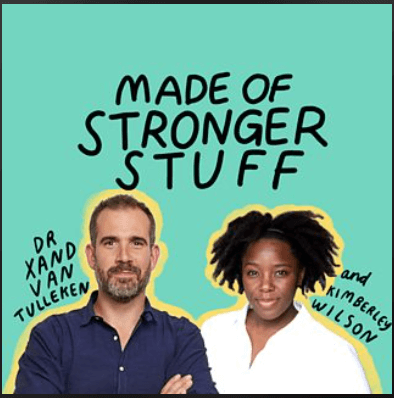The evolution of human feet and how to have strong feet – BBC podcast
 The BBC’s Made of Stronger Stuff podcast just dropped an episode called “Feet.”
The BBC’s Made of Stronger Stuff podcast just dropped an episode called “Feet.”
Overall… GREAT.
It starts with the simplest idea, the arch in your foot is there to support your body. Spot on!
Well, there are actually 3 arches in your foot, but they’re referring to the one we normally think of — the longitudinal arch — when we use the term “arch.”
Next, it talks about the evolution of the foot and the arch… fascinating.
From there it goes into more of what we know about the benefits of natural movement and barefoot running, much from Harvard’s Dr. Daniel Lieberman’s research, and from Christopher McDougall’s book, Born To Run.
And they debunk some myths, like, “pronation is bad.” (It’s a natural part of the spring-like mechanism in your leg.)
They even use a phrase I coined when referring to “normal” shoes: Foot Coffins.
So, I like that. 🙂
Then it gets into barefoot running and, overall, LOVE IT.
But there are a few points I think they got wrong that I want to highlight:
- Suggesting that during the “barefoot running boom” which kicked off in 2009, injury rates “went through the roof.” This isn’t accurate. Aside from vague definitions of what constituted an injury (e.g. calf soreness isn’t an injury), no study compared injury rates from new barefooters to new shod runners.They did make the point that you want to transition slowly to build foot muscle strength (and we know from Dr. Sarah Ridge’s study, that merely walking in a minimalist shoe builds foot strength as much as doing a foot exercise program), which is great, but…
- They say that it takes “3 months, minimum” to build the requisite strength to run barefoot (or in a truly minimalist or barefoot shoe). This isn’t accurate either. First, transition times vary, person to person. For some, it’s just a week or two. For others, longer. Physical therapist, Jay Dicharry has said that the changes to the soft tissue, if you’re someone who needs it, takes 6-8 weeks. In short, There’s not one fixed amount of time, and 3+ months is, definitely on the long side. Secondly, transition time depends heavily on what you do TO transition. If you follow the instructions here, by starting SMALL, you can reduce that time greatly.
- This one’s no big deal, but they imply that the Tarahumara are always barefoot. Actually, they spend more time in their tire-tread sandals, especially when running. On the other hand…
- This is the biggie that they got wrong — when asked about picking “the best shoe”, the advice is “Listen to your body. If it’s comfortable, it’s good for you.”This is patently false if you’re talking about a cushioned shoe.That shoe can FEEL great, but be BAD for you. Research shows that cushioning, which FEELS great, doesn’t, well, cushion. Runners in highly cushioned shoes often put more force into their bodies and land harder on the ground (in part because their brains are trying to get some feedback from the ground, which the cushioning removes).Here’s a brief physics lesson for you: “Pressure” is not the same as “Force.” You can think of pressure as the total amount of “push”, and force as the speed with which that “push” is applied.
Well, cushioning can spread out the pressure, so your feet don’t feel it as much, but it doesn’t change the force. And since most runners in cushioned shoes land on their heel with a relatively straight leg, the force then bypasses their built in shock absorbers — muscles, ligaments, tendons… and the ARCH — and goes straight up into their joints.
The flip side, of course, is that many people feel the comfort of Xero Shoes immediately, but for different reasons. Namely, the wider, foot-shaped toe box, the flexible sole that lets your feet move naturally, the non-elevated heel which doesn’t alter your natural posture, and the fact that you can get ground feedback through the sole, which your brain needs to help you move most effectively and efficiently.
Overall, though, the podcast is definitely worth a listen. It’s only 35 minutes long… unless you listen to it at 2x speed, which I do 😉
If you check it out here, let me know what you think in the comments, below.






